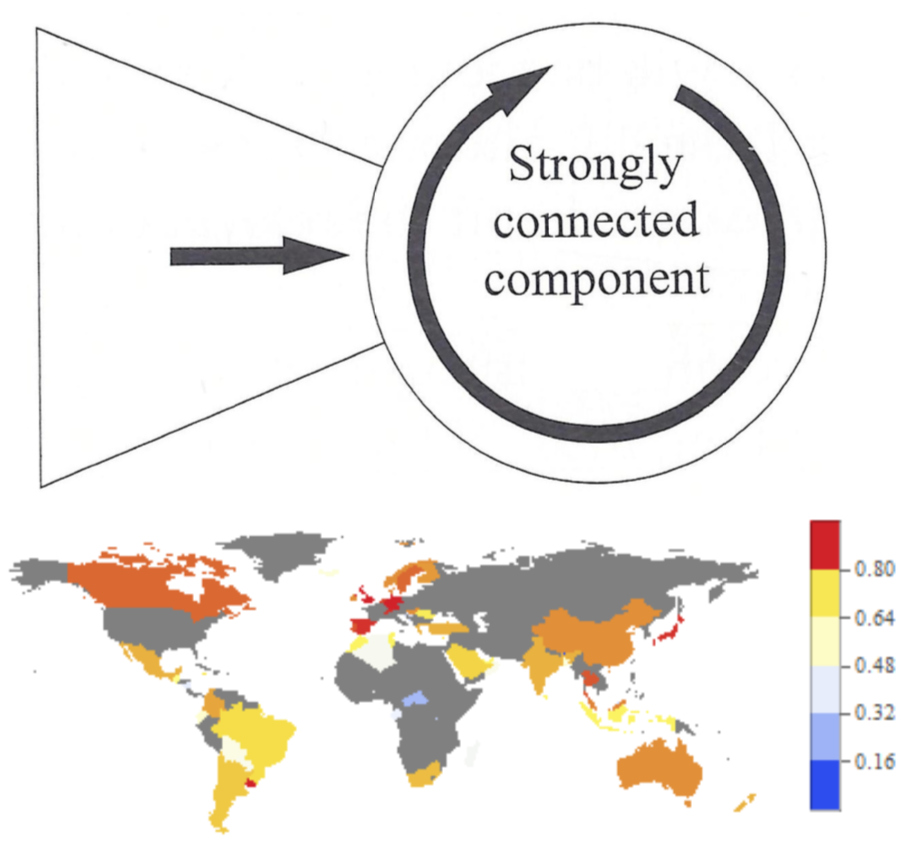Reconstructing mesoscale network structures

When facing complex mesoscale network structures, it is generally believed that (null) models encoding the modular organization of nodes must be employed.
The present paper focuses on two block structures that characterize the mesoscale organization of many real-world networks, i.e. the bow-tie and the core-periphery ones. Our analysis shows that constraining the network degree sequence is often enough to reproduce such structures, as confirmed by model selection criteria as AIC or BIC.
As a byproduct, our paper enriches the toolbox for the analysis of bipartite networks - still far from being complete. The aforementioned structures, in fact, partition the networks into asymmetric blocks characterized by binary, directed connections, thus calling for the extension of a recently-proposed method to randomize undirected, bipartite networks to the directed case.